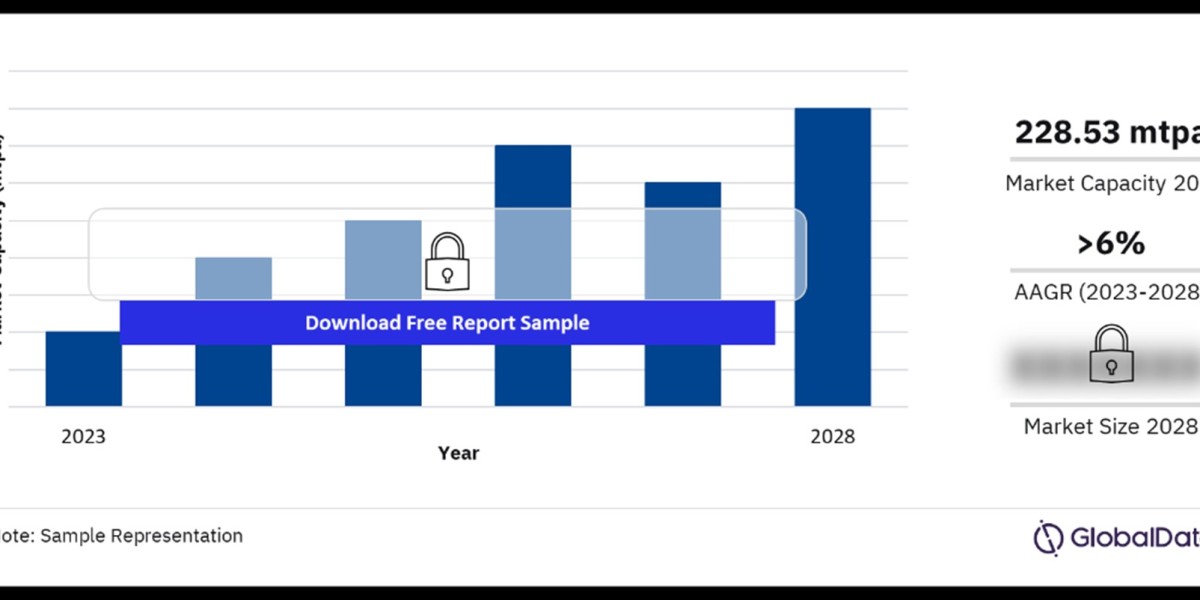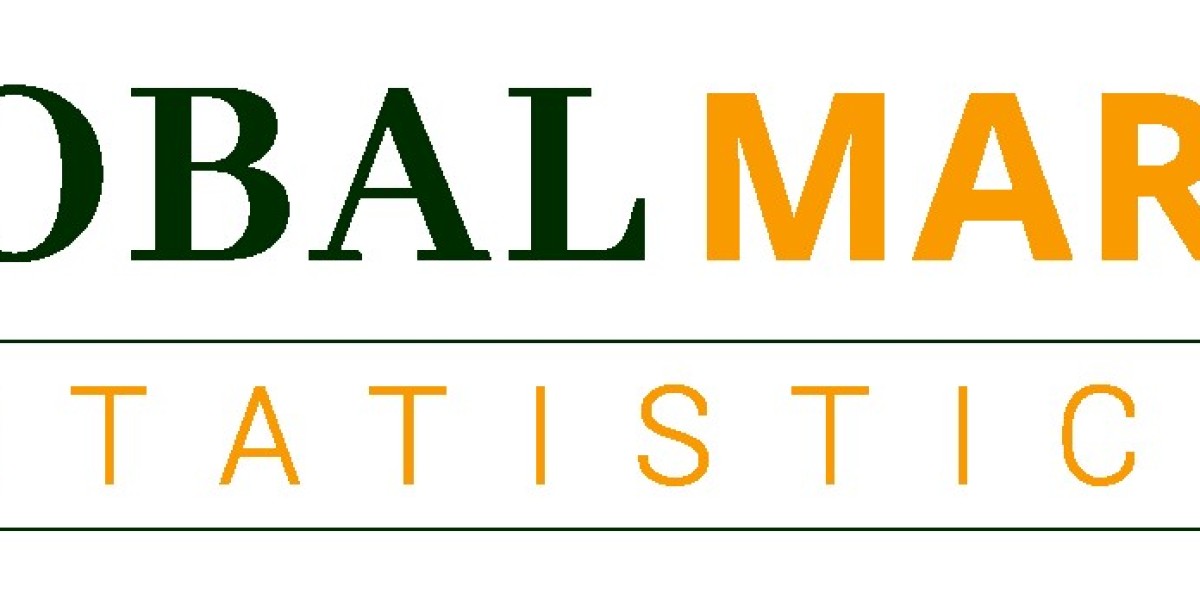The ethylene industry stands as a cornerstone of the global petrochemical sector, significantly impacting various facets of modern life. Ethylene, a simple hydrocarbon with the formula C2H4, is the most produced organic compound worldwide. Its versatility and reactive properties make it a crucial building block for numerous chemicals and products. This article delves into the production, applications, and future trends of the ethylene industry.
Production of Ethylene
The production of ethylene is primarily achieved through the process of steam cracking. In steam cracking, hydrocarbons such as ethane, propane, butane, and naphtha are heated to extremely high temperatures in the presence of steam. This process breaks down the larger molecules into smaller ones, resulting in the formation of ethylene and other by-products like propylene and butadiene.
Feedstocks: Ethane, derived from natural gas, is the most commonly used feedstock in North America due to its abundance and cost-effectiveness. In contrast, other regions like Europe and Asia rely more on naphtha, which is derived from crude oil.
Process Optimization: Advances in technology have led to more efficient steam cracking processes, reducing energy consumption and emissions. Innovations in catalyst design and process integration continue to enhance yield and selectivity towards ethylene production.
Applications of Ethylene
Ethylene's importance is underscored by its wide range of applications in various industries:
Polyethylene Production: The majority of ethylene is used to produce polyethylene, the most widely used plastic. Polyethylene is categorized into different types, including high-density polyethylene (HDPE), low-density polyethylene (LDPE), and linear low-density polyethylene (LLDPE). These plastics are utilized in packaging materials, containers, films, and a plethora of everyday items.
Ethylene Oxide and Glycol: Ethylene is also converted into ethylene oxide, a key intermediate for producing ethylene glycol. Ethylene glycol is essential for manufacturing antifreeze, polyester fibers, and resins.
Vinyl Products: Through polymerization, ethylene can be transformed into polyvinyl chloride (PVC), which is widely used in construction materials, pipes, and medical devices.
Chemical Intermediates: Ethylene serves as a precursor for numerous chemicals, including ethylbenzene (used in styrene production), acetaldehyde, and alcohols.
Market Dynamics
The ethylene market is influenced by several factors, including feedstock availability, technological advancements, regulatory policies, and global economic conditions.
Regional Disparities: The ethylene industry exhibits regional variations in production capacities and feedstock preferences. North America benefits from low-cost shale gas, leading to a competitive advantage in ethylene production. In contrast, Asia and Europe face higher feedstock costs, prompting investments in alternative processes and technologies.
Sustainability and Regulations: Environmental concerns and regulatory pressures are driving the ethylene industry towards more sustainable practices. Companies are investing in technologies to reduce greenhouse gas emissions, improve energy efficiency, and develop bio-based ethylene from renewable resources.
Economic Growth: The demand for ethylene is closely tied to global economic growth. Developing economies, particularly in Asia, are witnessing a surge in demand for ethylene derivatives due to urbanization, industrialization, and rising consumer consumption.
Future Trends and Innovations
The ethylene industry is poised for significant transformations driven by innovation and sustainability initiatives.
Circular Economy: Efforts to create a circular economy for plastics are gaining momentum. This involves enhancing recycling technologies, designing products for recyclability, and developing new materials that are easier to recycle.
Bio-Based Ethylene: Advances in biotechnology are enabling the production of ethylene from renewable sources such as bioethanol. This shift towards bio-based ethylene aligns with the global push for reducing carbon footprints and dependence on fossil fuels.
Digitalization and Automation: The integration of digital technologies, such as artificial intelligence and the Internet of Things (IoT), is revolutionizing the ethylene industry. These technologies enhance process optimization, predictive maintenance, and supply chain management.
Buy the Full Report for More Insights into the Ethylene Industry Capacity Forecast
Download a Free Report Sample







